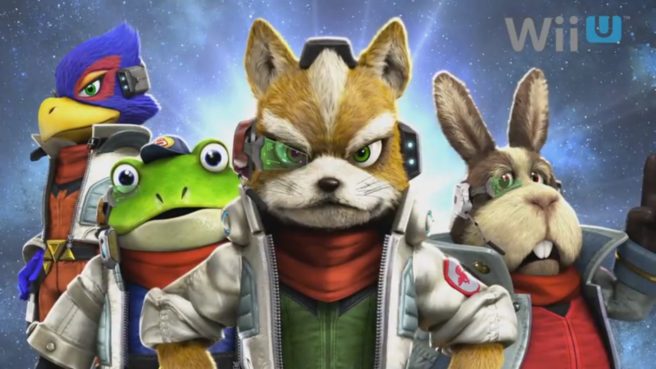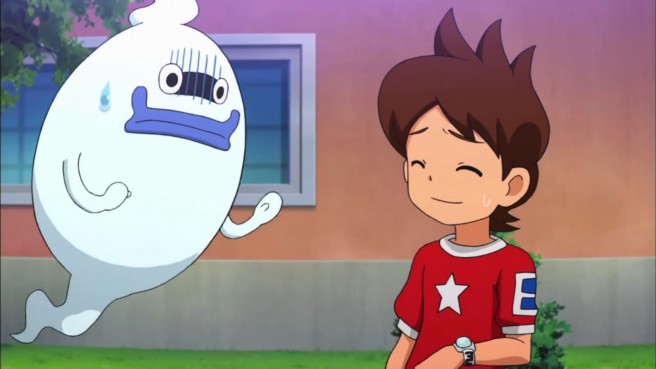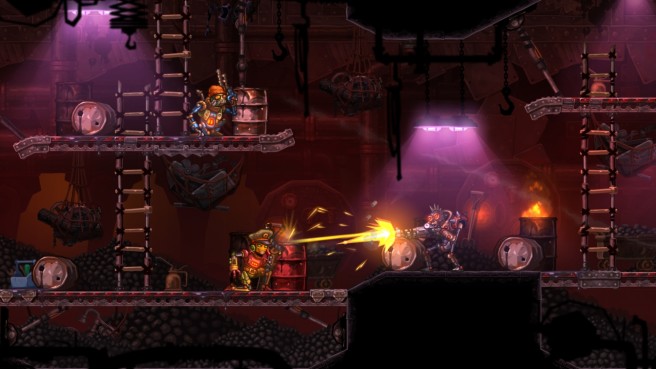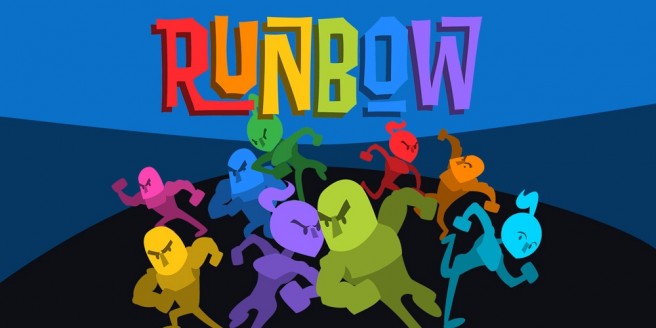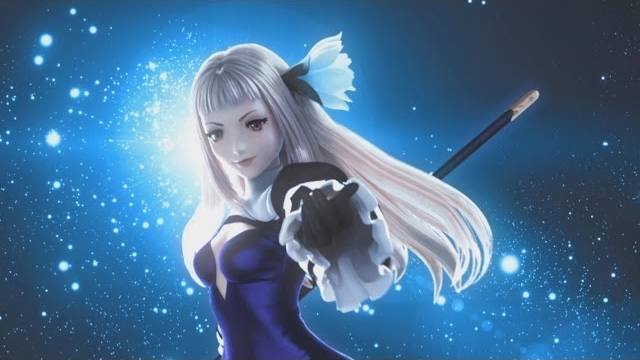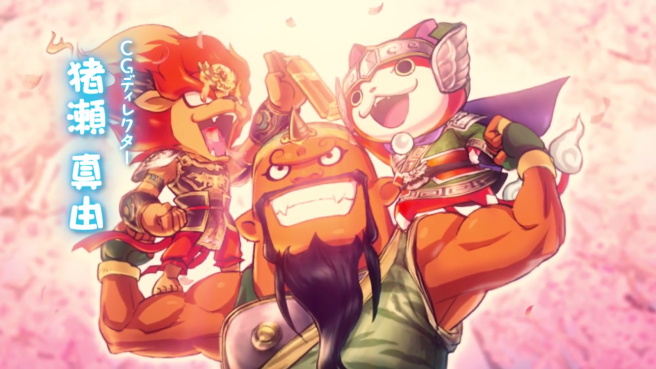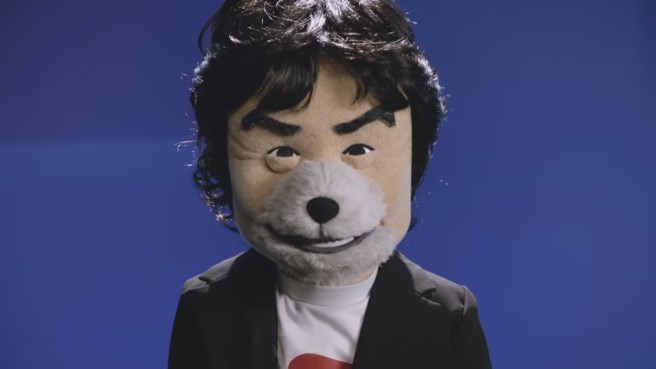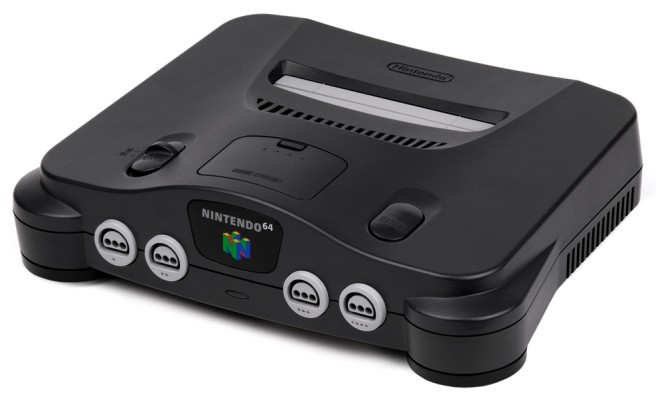Miyamoto and Hayashi talk Star Fox Zero – story, GamePad, vehicles, more
Posted on 9 years ago by Brian(@NE_Brian) in News, Wii U | 43 Comments
This month’s issue of Japanese magazine Nintendo Dream contains a lengthy interview which mainly pertains to Star Fox Zero. The publication spoke with Shigeru Miyamoto and co-director Yugo Hayashi about the recently-released Wii U game.
We now have a summary of what was shared in the interview. Miyamoto and Hayashi talked about the approach to the story, GamePad, vehicles, and even a bit about Star Fox Guard, among other topics. Head past the break for the full rundown.
VIZ Media says it’s seen “great success with Yo-kai Watch”, talks Zelda: Legendary Edition
Posted on 9 years ago by Brian(@NE_Brian) in General Nintendo, News | 4 Comments
ICv2 put up a new interview this week with VIZ Media senior editorial director Beth Kawasaki. In it, Kawasaki discussed the success of Yo-kai Watch and also shared some information about The Legend of Zelda: Legendary Edition.
Continue on below for some excerpts from the interview. You can read the full piece here, which includes some talk about Pokemon (including a cookbook coming this year).
GameStop CEO says “Wii U was disappointing to everybody”, NX excitement, mobile talk
Posted on 9 years ago by Brian(@NE_Brian) in Mobile, News, Switch, Wii U | 47 Comments
Yesterday, [a]listdaily published a new interview with GameStop CEO Paul Raines. When it came to Nintendo, Raines discussed three topics: Wii U, NX, and mobile.
Regarding Wii U, Raines said that the system “was disappointing to everybody” – Nintendo included. However, he was quick to point out that Nintendo has strong franchises.
Raines’ full comments on Wii U:
“Wii U was disappointing to everybody, including them. They made some bold bets, and maybe some of them didn’t work out. But they have a lot of creativity there. They’re a very innovative group of people, so we never count out Nintendo. Even now it’s incredible how strong some of their IP is—Pokémon, for example. We could have a Pokémon weekend this weekend at GameStop and we would break sales records just because every time they put out a new game they have a very loyal fan base. Super Mario, Zelda, all those IPs have a huge, loyal fan base.”
More: CEO, interview, Paul Raines
SEGA attempted to neogiate with Capcom and Bandai Namco on Wii VC games, also considered 3DS
Posted on 9 years ago by Brian(@NE_Brian) in 3DS eShop, News, Wii Shop Channel | 9 Comments
SEGA was a strong proponent of the Wii Virtual Console back in the day. The company also has quite a number of titles up on the eShop. It sounds like SEGA wanted to work with other companies like Capcom and Bandai Namco on VC titles, but things sadly never came together.
SEGA told Yosuke Okunari in a recent interview:
“During the Wii Virtual Console days, we worked with other developers and were able to port games that were on Megadrive and other Sega systems. Those were all made on our side. However, negotiations with some publishers, like Capcom and Bandai-Namco, didn’t go through. We did consider negotiating again when the 3DS came along, but business-wise, nothing really came together.”
More: Bandai Namco, Capcom, interview, SEGA, top, Yosuke Okunari
Image & Form gives an update on SteamWorld Heist’s Wii U version
Posted on 9 years ago by Brian(@NE_Brian) in News, Wii U eShop | 2 Comments
While SteamWorld Heist has been on the 3DS eShop since the end of last year, Image & Form has been working on other versions of the game. We do know that it’ll be launching on Wii U in the near future.
Speaking with Nintendo Life, Image & Form CEO Brjann Sigurgeirsson shared a status update on the Wii U version:
News: the Wii U version is coming, and you’ll be happily surprised. Not in a way that should put you off getting it for 3DS – because you should! But… yeah. There’s a pleasant surprise there.
DLC: Yes, The Outsider will be available day one on Wii U. Some people think day-one DLC is a nuisance, and that the content should have been included in the game – preferably at no cost. I don’t agree. We’ve spent hundreds of thousands of dollars (even pounds!) making The Outsider, and we obviously have to charge for our content, so that we can continue making new stuff. Including DLC content as part of the game and raising the price point is also a matter of taste. I think providing DLC outside the game gives players the choice whether they want to spend additional money on a game or not. It’s pretty fair.
No names, but some friends of mine initially released DLC content for one of their games for free – and then started charging for it, since it made no financial sense. It turned out a bit nasty for them. I think it’s better to be upfront about it. We make content. Content costs money.
Sigurgeirsson also said that cross-buy promotions are planned for those who want SteamWorld Heist on both Wii U and 3DS.
13AM Games “not done with Runbow yet”
Posted on 9 years ago by Brian(@NE_Brian) in News, Wii U eShop | 0 comments
Good news, Runbow fans: there’s still more content in the pipeline. 13AM Games’ Tom McCall told Toronto GameDevs in an interview that the team is “not done” with the game just yet. He added: “Keep your eyes and ears peeled, we hope to have some exciting announcements soon.”
Runbow became a Wii U eShop hit last August. 13AM Games just came out with some substantial DLC for the title last week.
More: 13AM Games, indie, interview, Runbow, Tom McCall
Square Enix on Bravely Second – player feedback, character designs, job classes, future
Posted on 9 years ago by Brian(@NE_Brian) in 3DS, News | 5 Comments
With Bravely Second having just launched in North America, Game Informer spoke with co-producer at Square Enix Masashi Takahashi for an interview. The two sides chatted about player feedback, the new approach to character designs with this game, how the job classes are decided, and the series’ future.
You can find comments from Takahashi about all of these comments below. Head on to Game Informer here for the full interview.
More: Bravely Second, interview, Masashi Takahashi, Square Enix, top
Level-5, Koei Tecmo talk Yo-kai Sangokushi – origins, making the strategy gameplay approachable, more
Posted on 9 years ago by Brian(@NE_Brian) in 3DS, News | 1 Comment
This month, Yo-kai Sangokushi launched in Japan. Famitsu caught up with two of the most important people that made the collaboration title possible: Level-5 CEO Akihiro Hino and Koei Tecmo CEO Kou Shibusawa. The interview contains talk of how Yo-kai Sangokushi came to be, trying to make the game appealing to kids, the partnership between the two companies, and more.
We now have a lengthy abridged translation of Famitsu’s interview. Continue on below to read it in full.
More: Akihiro Hino, Famitsu, interview, Japan, Koei Tecmo, Kou Shibusawa, Level-5, top, Yo-Kai Sangokushi
Miyamoto on Star Fox Zero – initial design plans, GamePad integration, Arcade Mode, more
Posted on 9 years ago by Brian(@NE_Brian) in News, Wii U | 42 Comments
A few days ago, Australian publication Stack put up a new interview with Shigeru Miyamoto. As you would expect, it was focused mainly on Star Fox Zero. He discussed the GamePad integration, shared first word on the game’s Arcade More, and more. Miyamoto also addressed two general topics: revisiting Nintendo franchises and trying to appeal to new/old players.
A number of Miyamoto’s responses can be found after the break. For the full interview, head on over here.
More: interview, PlatinumGames, Shigeru Miyamoto, Star Fox Zero, top
GoldenEye 007 director found a weakness in the N64, could have caused another delay
Posted on 9 years ago by Brian(@NE_Brian) in General Nintendo, News | 4 Comments
Originally, Nintendo hoped to have the N64 out on the market by Christmas in 1995. The console ended up with a delay though, and wouldn’t be ready until several months later in the following year. Although Nintendo cited a need for more software to be completed, a former Silicon Graphics engineer contended that the extra wait stemmed from issues with the console’s chips.
Ex-Rare staffer and GoldenEye 007 director Martin Hollis was invited to Silicon Graphics before the N64 launched. He actually found a weakness within the hardware, which could have potentially caused another delay had it been addressed.
Hollis told Nintendo Life:
I got to travel to SGI in Mountain View to write test code that would run on some of the few ‘golden chips’ – this is the terminology for the first chips which come off the production line. From the initial run there were very few working chips, and SGI kept them in-house, so a few developers would fly out to use them for a week. I think I might have been the only ‘worker’ from Rare, although Chris Stamper travelled.
I wrote a piece of code which displayed spinning icosahedrons; as many as possible until the framerate dropped below 60Hz. The head of the project at SGI was not too pleased to discover what the performance of the machine was in terms of triangles per second. He asked to see my code in the hope it was inefficient. It wasn’t. He later told me that SGI very nearly did another spin of the hardware to fix the issue, which was with the memory interface.
